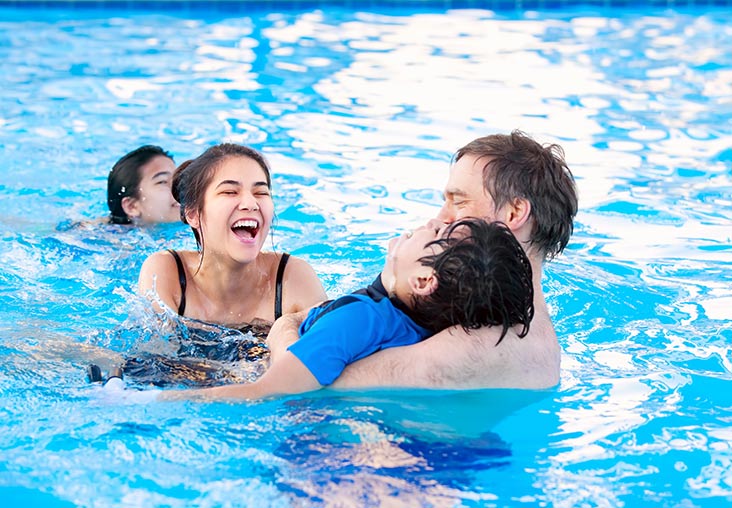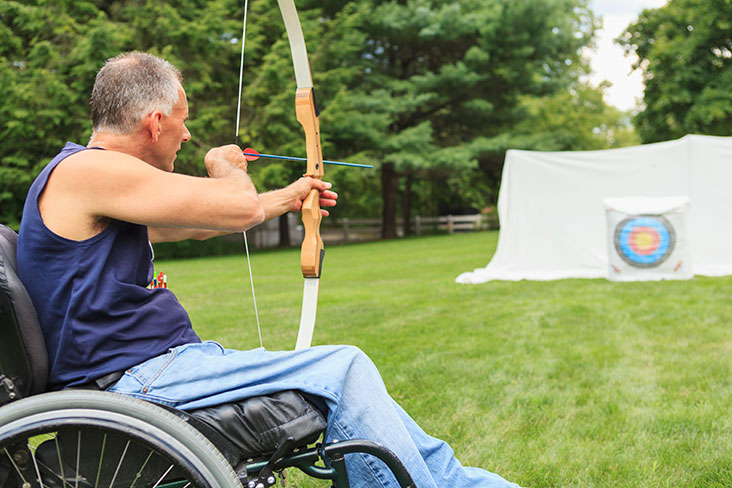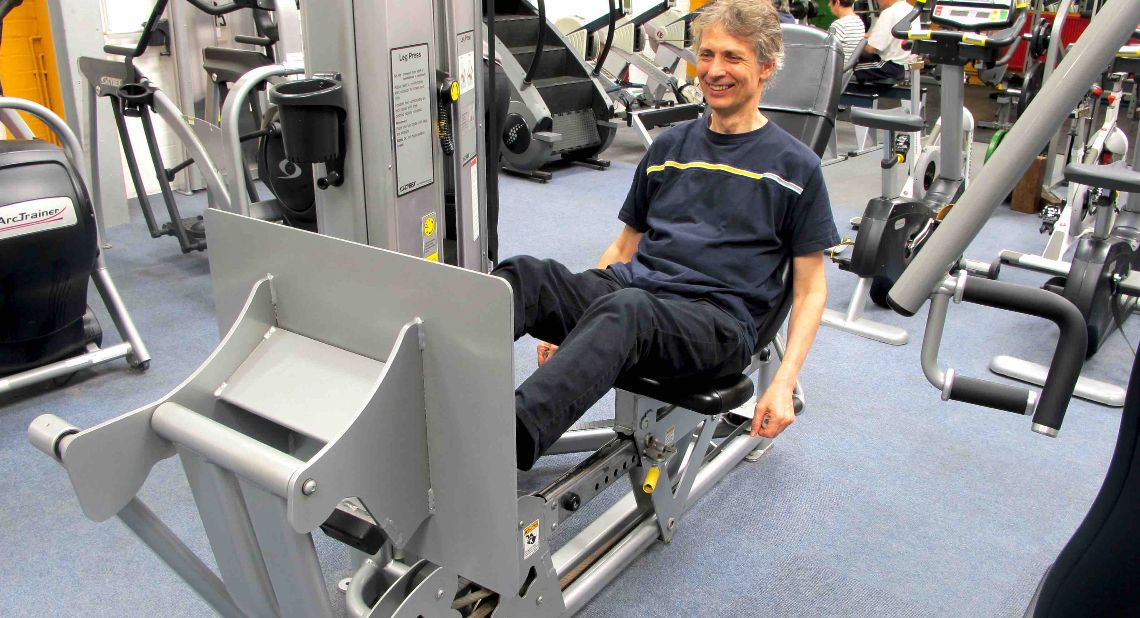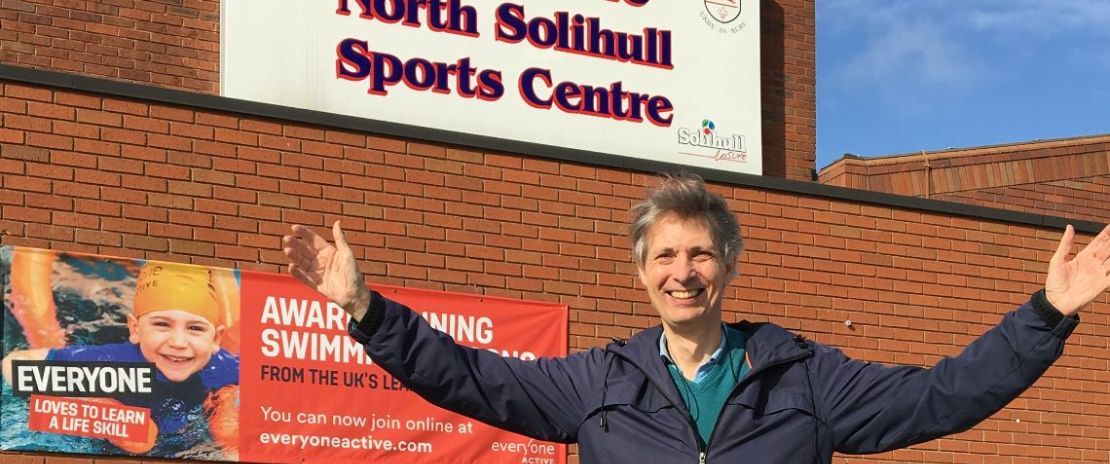Improving your fitness, health and well being is a hugely popular goal when it comes to New Year’s resolutions. As well as physical health benefits, exercise can give people a sense of wellbeing and happiness. So many people use January as an opportunity to set themselves a challenge to start or maintain a healthy habit.
There are many different options for getting fit, whether you’re looking to take up something very active or practical, something more social or relaxing, or if you have a disability or mobility issue to consider.
So the question is, what is the best way for you to get fit in 2018?
1. Join a gym
Many gyms are becoming more accessible and now have special equipment for people with disabilities, including wheelchair users. Aside from gym equipment, this also means that popular classes such as zumba and yoga are available for people with restricted mobility. The English Federation of Disability Sport runs the Inclusive Fitness Initiative (IFI) that ensures gyms are suitable for use by people with disabilities. Find a local IFI gym at the English Federation of Disability Sport website — there are currently around 50 gyms to choose from so you’re likely to need to drive there. If you don’t currently lease a car through the Motability Scheme, find out more here.
2. Wheelchair sports
Many wheelchair sports are becoming very popular and it’s easier than ever to find a club or studio where you can practice your favourite sport. As well as offering an excellent workout, they are a great way to meet new people and work as a team. Wheelchair basketball is particularly popular, and British Wheelchair Basketball has teams you can join all over the country. Check out Wheelpower for all of the wheelchair sports available.
3. Swimming
Swimming lessons are a great form of exercise, and if you’re the child of a disabled parent, a great way to meet other parents and children. Many local recreation centres now offer swimming lessons for children with disabilities, and your local authority may also offer other activities for children with disabilities.
4. Working out at home
If you prefer exercising alone, try an exercise DVD or wheelchair workout at home. Chair exercises can help improve posture and reduce back pain and they’re also a great way to squeeze in a workout while watching TV. Chair aerobics — or chairobics — refers to a series of seated repetitive movements which help your heart get a bit of a workout.
5. Set yourself a challenge and track your progress
It can be very uplifting to tick boxes every time you complete another task. Draw up your own chart or download one to keep track of how well you’re doing and also to remind yourself when you haven’t been working out for a while.
6. Get a workout buddy
Working out with others is great motivation! It doesn’t matter if it’s at the gym, a studio or at home, working out with a friend is likely to make you feel more relaxed, as you can laugh together and be safe in the knowledge that there’s someone to help you if you need it. You can show each other what exercises you like best, and you might even find your favourite new workout.
The government recommends all adults take around 150 minutes of exercise a week. This could be just 30 minutes a day, five days a week, or in blocks of ten minutes rather than 30 in one go. Just by adding a little bit of extra physical activity into your every day routine, you can slowly get and stay fit and help make 2018 a much healthier, happier year for you.
Read More Articles Here:
12 greatest accessible trails across the UK
Swimming with a disability: Para-swimmer Andrew Mullen’s Paralympic journey
From MS to fishing, fun and keeping the dream alive
![]()









